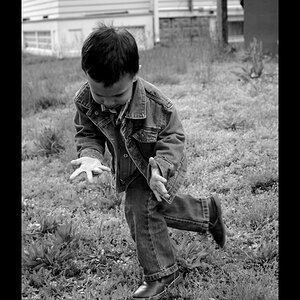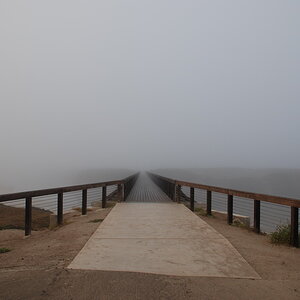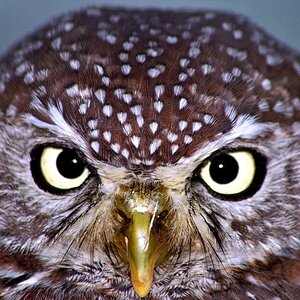Shadowbox
TPF Noob!
- Joined
- May 4, 2011
- Messages
- 347
- Reaction score
- 26
- Location
- usa
- Can others edit my Photos
- Photos OK to edit
How could I have improved this photo?
I wanted to have all focus on the flower, and in the background a nice creamy OOF .. with some definition, slight definition, so as to be able to distinguish it was water/ducks instead of just a blur of color.
I am looking for critique on technique and not on subject. Thank you.
I also tried shooting in manual instead of A but I was having extremely overexposed photos. I have the book Understanding Exposure, I am in the process of reading it and learning from it, but I seem to have froze! I suddenly couldn't think, nothing was coming to me so I switch back to A mode. Not automatic but aperture. I grasp this aperture easily, it's Manual I have trouble with. I think its because of shutter speed that I have trouble with manual mode.
Thanks for the advice!
Also, does one ALWAYS have to stick to rule of thirds? Sticking to it this little green leaf is poking in at the bottom left, I could edit it on in PS, but sometimes is it okay to just break rule of thirds?
ISO 100 55mm f/5.6 1/250s

pinkflower11 (1 of 1) by acates2004, on Flickr
I wanted to have all focus on the flower, and in the background a nice creamy OOF .. with some definition, slight definition, so as to be able to distinguish it was water/ducks instead of just a blur of color.
I am looking for critique on technique and not on subject. Thank you.
I also tried shooting in manual instead of A but I was having extremely overexposed photos. I have the book Understanding Exposure, I am in the process of reading it and learning from it, but I seem to have froze! I suddenly couldn't think, nothing was coming to me so I switch back to A mode. Not automatic but aperture. I grasp this aperture easily, it's Manual I have trouble with. I think its because of shutter speed that I have trouble with manual mode.
Thanks for the advice!
Also, does one ALWAYS have to stick to rule of thirds? Sticking to it this little green leaf is poking in at the bottom left, I could edit it on in PS, but sometimes is it okay to just break rule of thirds?
ISO 100 55mm f/5.6 1/250s

pinkflower11 (1 of 1) by acates2004, on Flickr




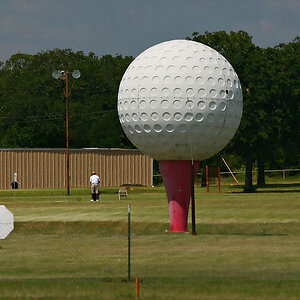
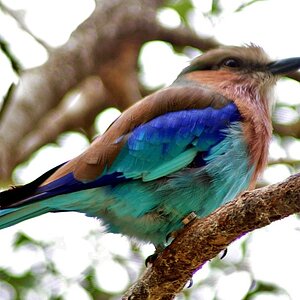
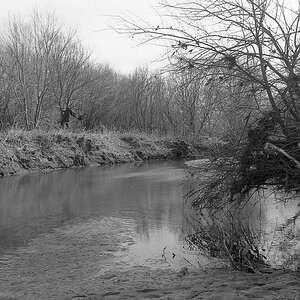
![[No title]](/data/xfmg/thumbnail/34/34079-552f58c1ec0f8485f9c24a5b1db49654.jpg?1619736268)
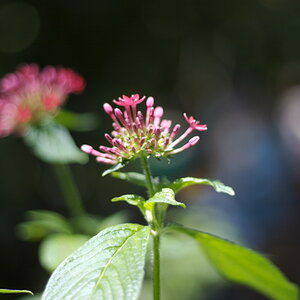


![[No title]](/data/xfmg/thumbnail/37/37609-a1984365804384f841d8245ae7e3b9a7.jpg?1619738149)

